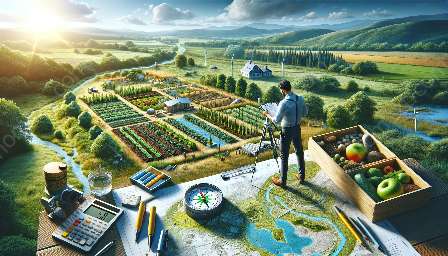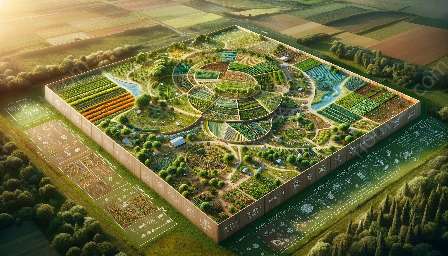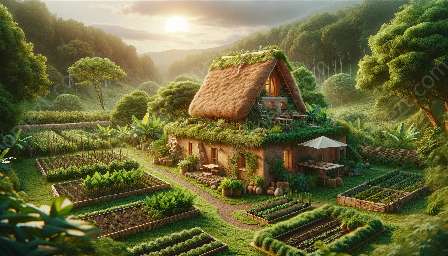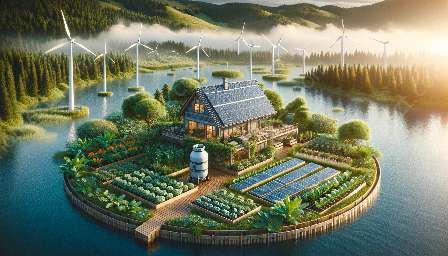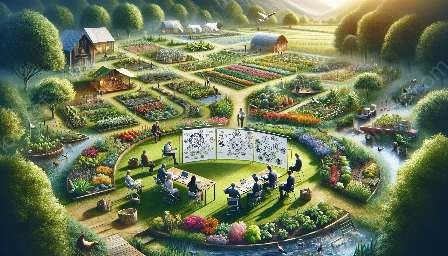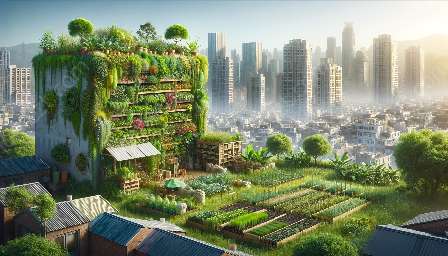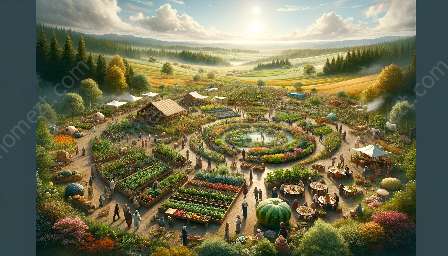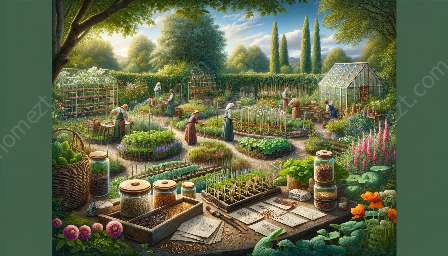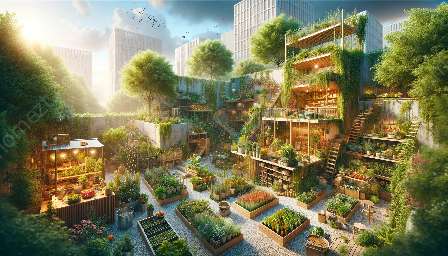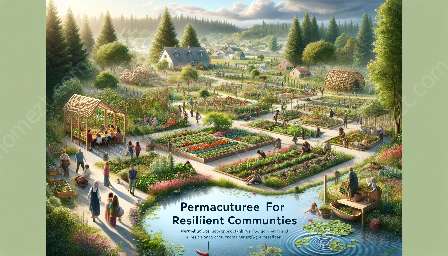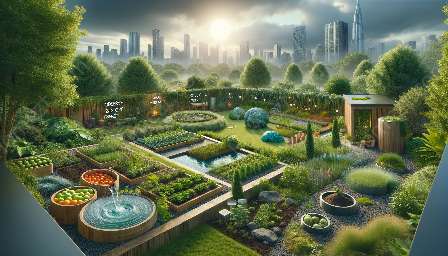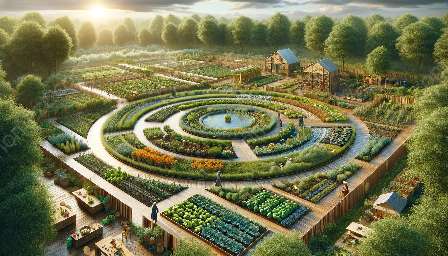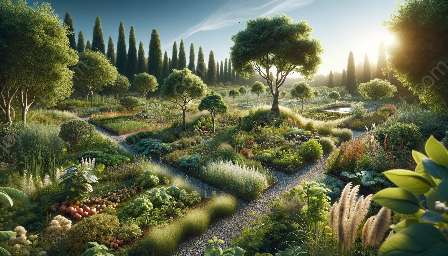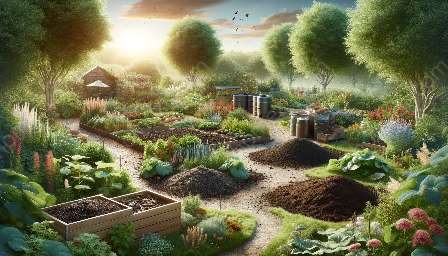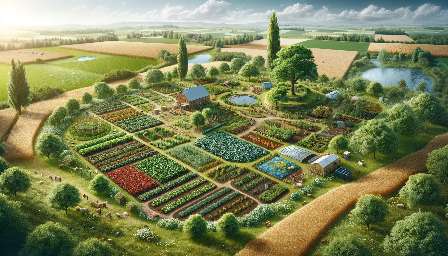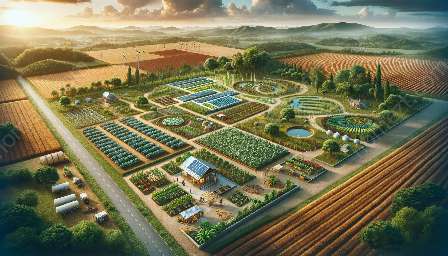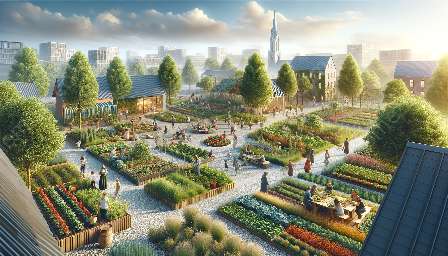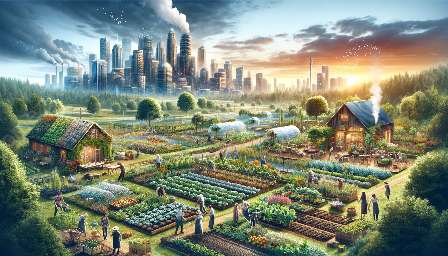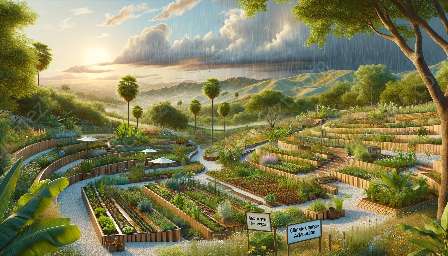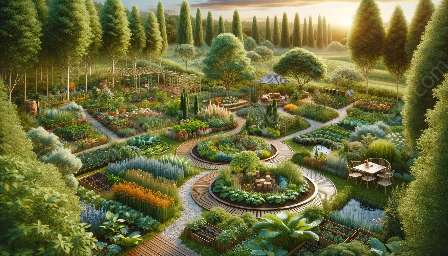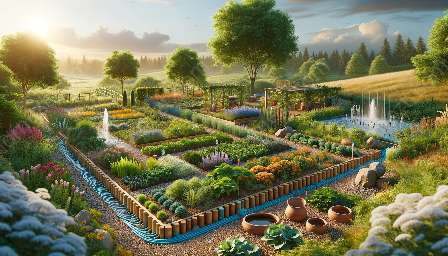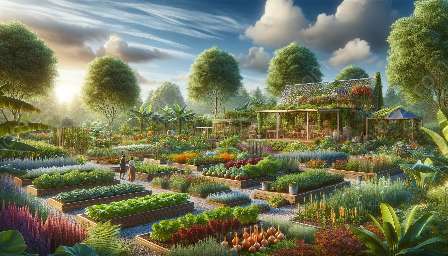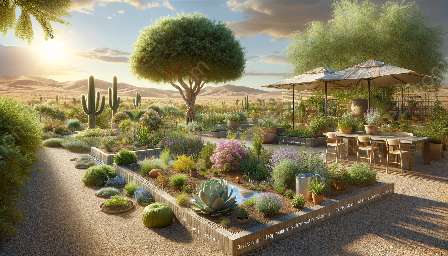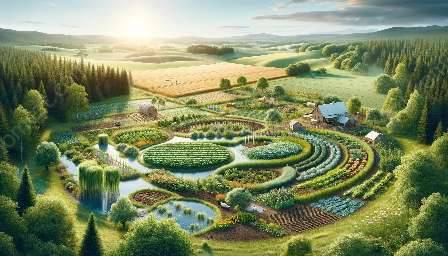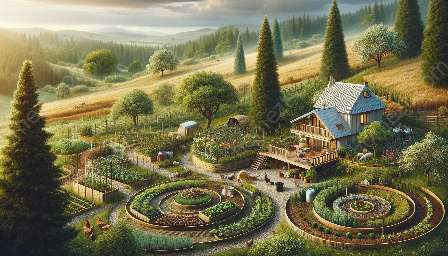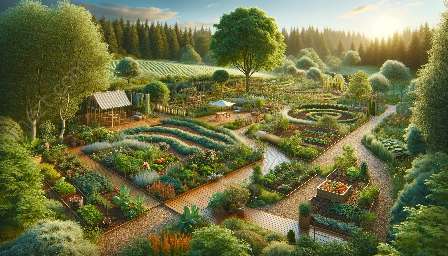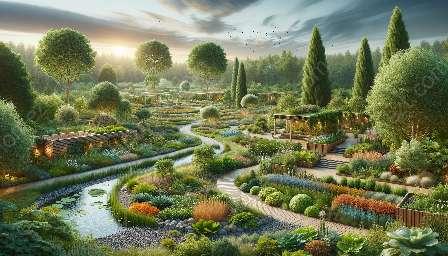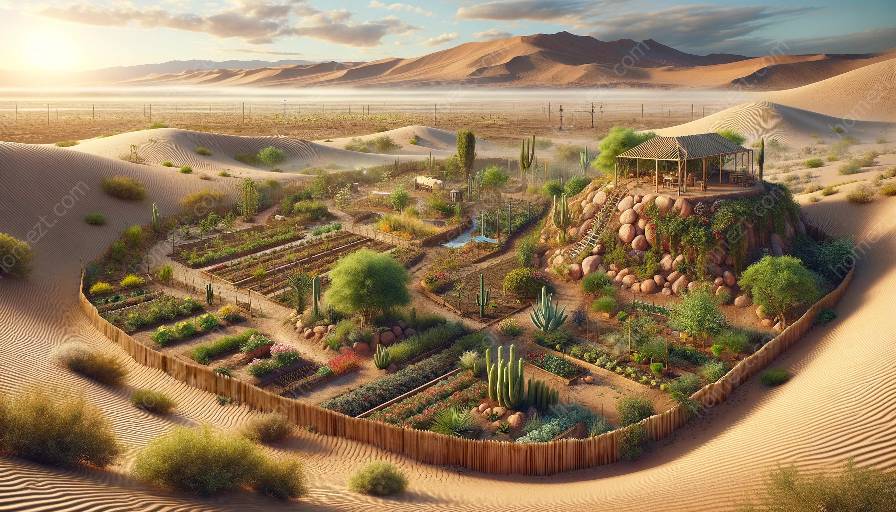Permaculture, a design system that seeks to create sustainable human habitats by following nature's patterns, can be applied effectively in arid climates to support ecological balance and the well-being of communities. As the world faces increasing challenges related to climate change and water scarcity, the need for sustainable solutions in gardening and landscaping in dry environments becomes ever more urgent.
Understanding Permaculture in Arid Climates
Permaculture principles are particularly relevant in arid climates, where water conservation, soil management, and sustainable plant cultivation are crucial. The core ethics of permaculture - care for the earth, care for people, and fair share - provide a strong framework for designing regenerative systems that thrive in arid regions. By understanding the natural patterns and processes at work in dry environments, individuals can apply permaculture design principles to create resilient, productive landscapes.
Water Management and Conservation
Water is a precious resource in arid climates, and permaculture emphasizes the importance of strategic water management and conservation. Techniques such as rainwater harvesting, swales, and graywater recycling can be employed to maximize water retention and minimize waste. By integrating these methods into garden and landscape design, individuals can create self-sustaining systems that thrive even in the face of limited water resources.
Soil Building and Restoration
In permaculture, soil is recognized as a living, dynamic ecosystem in its own right. Building and restoring healthy soils is essential for supporting plant growth and overall ecosystem health in arid climates. Through practices such as mulching, composting, and creating soil microclimates, individuals can enhance soil fertility and structure, promoting the growth of resilient, drought-tolerant plant communities.
Plant Selection and Adaptation
Choosing the right plants for arid climates is a key aspect of permaculture gardening and landscaping. Native and drought-tolerant species are given priority, as they are well-suited to the local environment and require minimal water and maintenance. By carefully selecting and adapting plant species to the specific conditions of arid regions, individuals can create thriving, biodiverse landscapes that support local ecosystems.
Regenerative Design and Community Engagement
Permaculture in arid climates extends beyond individual gardens and landscapes to embrace regenerative design at the community level. By fostering partnerships and collaborations, communities can work together to implement permaculture practices that increase food security, enhance biodiversity, and promote sustainable living. Educational initiatives and skill-sharing further empower individuals to become stewards of the land, creating a network of regenerative landscapes across arid regions.
Conclusion
Permaculture offers a holistic approach to sustainable gardening and landscaping in arid climates, integrating ecological principles with practical strategies to create resilient, flourishing environments. By embracing the core ethics of permaculture and applying its design principles, individuals and communities can transform arid landscapes into productive, biodiverse habitats that support both people and the planet.




